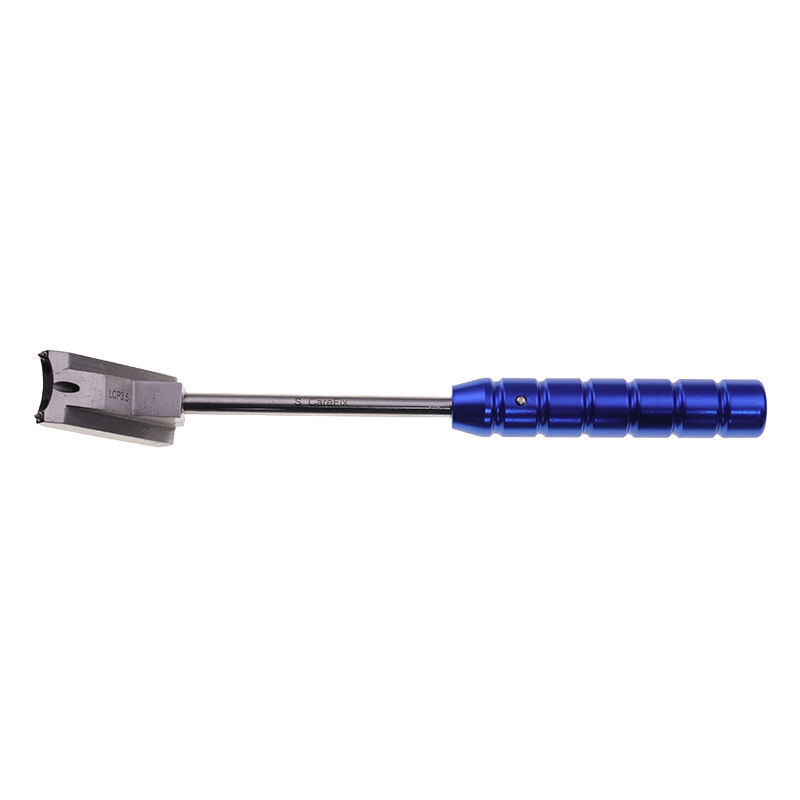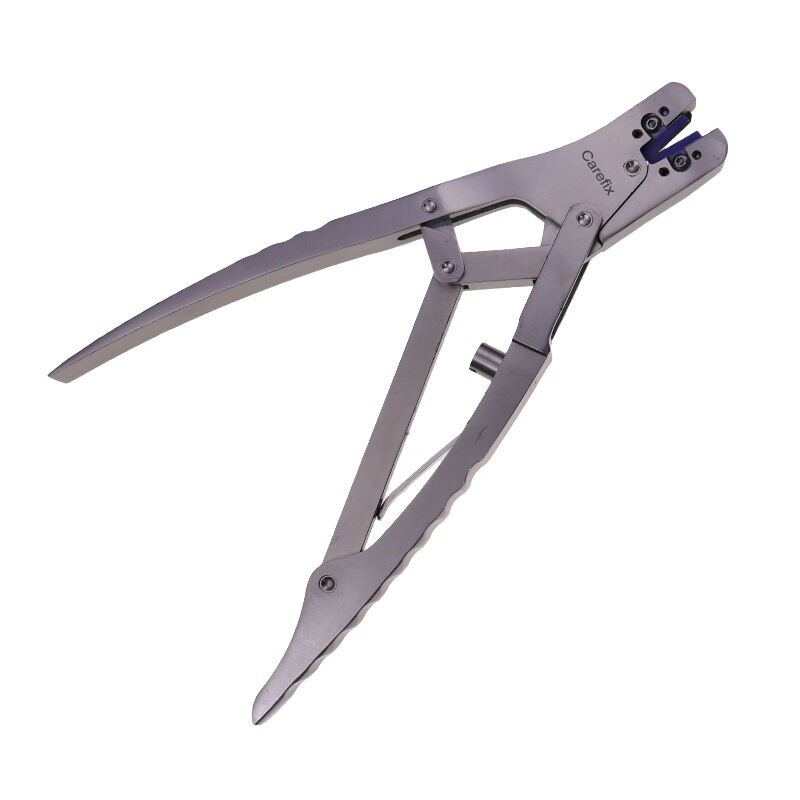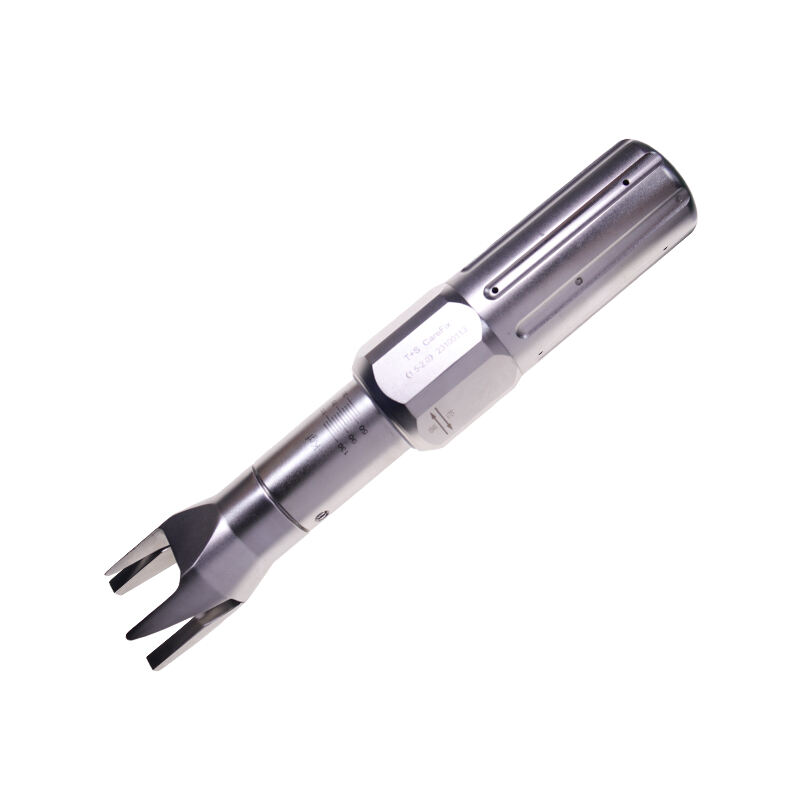surgical instruments for orthopedic surgery
Surgical instruments for orthopedic surgery represent a comprehensive suite of specialized tools designed to perform precise bone and joint procedures. These instruments include power tools such as surgical drills and saws, manual instruments like osteotomes and chisels, and precision measurement devices for accurate implant positioning. Modern orthopedic instruments feature ergonomic designs with antimicrobial coatings and are typically crafted from surgical-grade stainless steel or titanium alloys for durability and sterilization compatibility. The instruments incorporate advanced features such as quick-connect mechanisms for rapid attachment changes, integrated LED lighting for enhanced visibility, and digital measurement capabilities for precise alignment. These tools are essential for procedures ranging from total joint replacements to trauma surgery and spinal operations. The instruments are designed with safety features including thermal protection, vibration reduction systems, and precise depth control mechanisms. Many contemporary orthopedic instruments also integrate with computer-assisted surgery systems, enabling real-time navigation and improved surgical accuracy. The complete set typically includes specialized retractors, bone holding forceps, surgical mallets, and various sizes of reamers and broaches, all organized in specifically designed sterilization trays for efficient operating room workflow.


